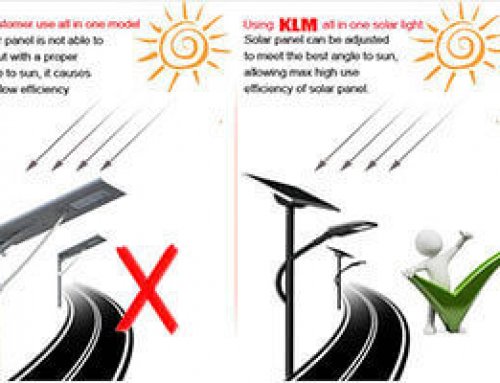Using solar lighting outdoors can be a lifesaver when outdoor outlets are not available. But do solar-powered lights really work? How do they measure up to hardwired electric lights?
And what if your yard is shady or you live somewhere that rarely sees the sun? Here’s the full scoop on choosing and using solar-powered lights in your yard.
How solar lighting works.
Photovoltaic cells absorb sunlight during the day to charge the batteries, which then light the bulb at night. Because solar lights are powered by the sun, they must be placed in an area that receives full sun — ideally eight or more hours per day.
What if you don’t have direct sun?
If you are putting solar lights in your desert yard in Tucscon or Palm Springs, they are sure to operate at maximum strength — but what if you live in Seattle or simply have a heavily shaded yard? It’s not quite as simple, but you can still have solar-powered lights, even in a fully shaded area. A solar or landscape lighting pro can help position a remote photovoltaic panel on your roof or in a sunnier area of your yard, which can then be wired to the lights in the shady area.
If there simply isn’t much sunlight to be gathered, even on the roof (for example, you live somewhere like Seattle or Portland), the solar lights will still work, but they won’t shine as brightly or for as long each evening.

Choose Solar LED Light Feature:
Outdoor solar lights use solar cells, which convert sunlight into electricity, and are easy to install and virtually maintenance free.
Outdoor solar lights use solar cells, which convert sunlight into electricity, and are easy to install and virtually maintenance free.
Outdoor solar lights are easy to install and virtually maintenance free. Best of all, using them won’t increase your electric bill. Popular home uses for outdoor solar lighting include pathway light sets, wall-mounted lamps, freestanding lamp posts, and security lights.
Outdoor solar lighting systems use solar cells, which convert sunlight into electricity. The electricity is stored in batteries for use at night. Manufacturers most commonly use nickel cadmium, sealed lead acid, and lead acid batteries.

